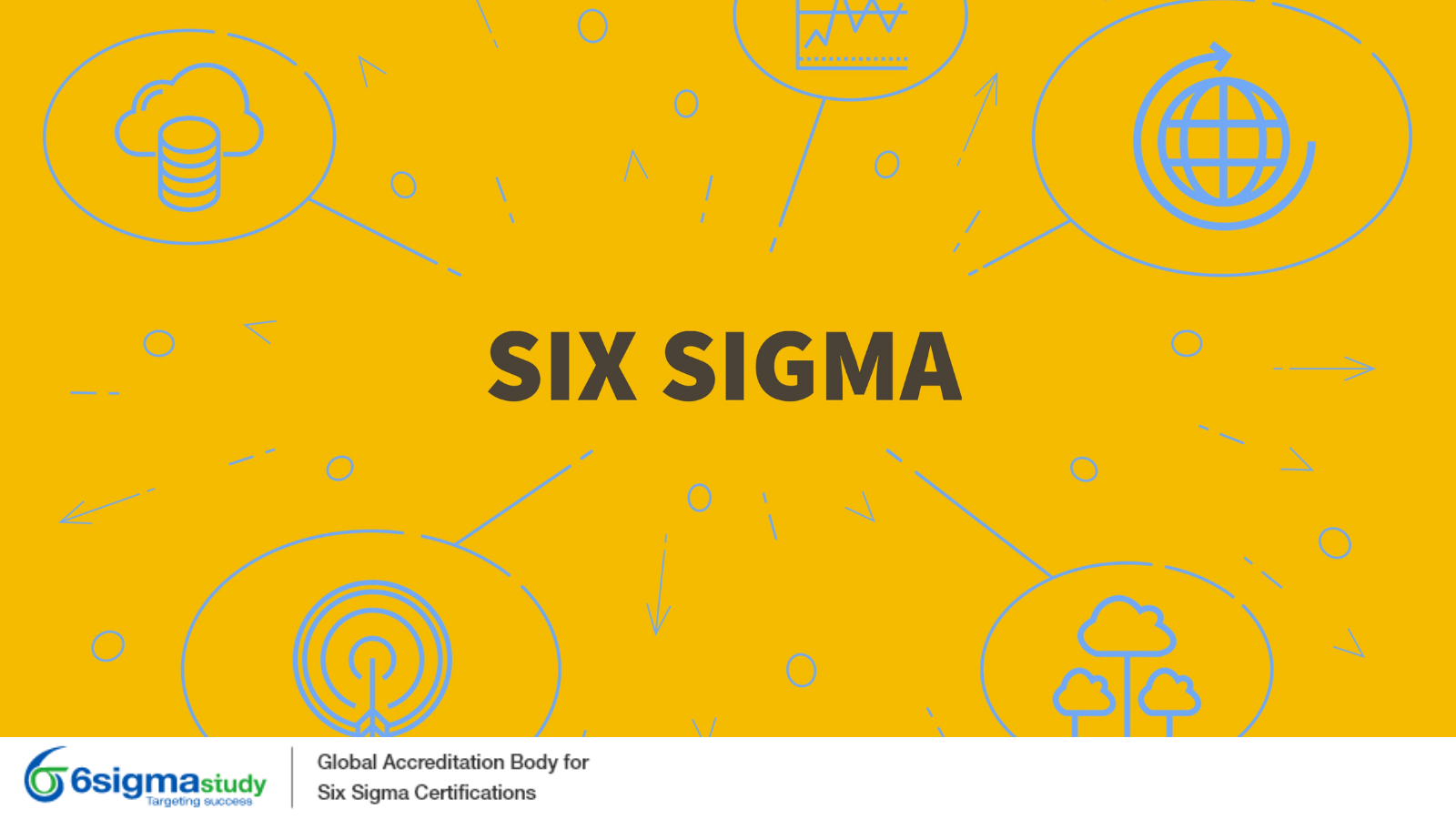Defining Six Sigma
Posted by 6sigmastudy® on February 25, 2021 | Lean & Six Sigma
Keywords: Six Sigma 6sigmastudy Six Sigma Yellow Belt (SSYB™) Six Sigma Green Belt (SSGB™) Six Sigma Black Belt (SSBB™) Lean Six Sigma Green Belt (LSSGB™) Lean Six Sigma Black Belt (LSSBB™) Free Articles Free Six Sigma Articles TQM Six sigma
One can define Six Sigma in numerous ways as it can be viewed as a technique, philosophy, methodology, or even as an objective in itself. Six Sigma is basically a data-driven, customer-focused and result-oriented methodology. It uses statistical tools and techniques to systematically eliminate defects and inefficiencies to improve process. A process is considered to be at Six Sigma level when the number of defects per million opportunities is 3.4.
Six Sigma was developed in the early 1980’s by Bill Smith, a senior executive of Motorola. He is also known as the father of Six Sigma. He wanted to establish a system which will monitor the inconsistency of processes and contributes to continuous improvement.
The term “Six Sigma” is drawn from the statistical discipline “Process Capability Studies.” Sigma, represented by the Greek letter “σ”, stands for standard deviation from the “mean.”
“Six Sigma or 6 σ” is a shorthand term for “six standard deviations from the “mean. “For example, for a company producing 1,000,000 parts/units, its processes will be considered to be at Six Sigma level if the defects are 3.4 or less. However, if the processes are at three sigma level, the company ends up with as many as 66,807 defects for every 1,000,000 parts/units produced.
Process standard deviation (σ) should be so minimal that the process performance should be able to scale up to “12σ” within the customer specified limits. So, no matter how widely the process deviates from the target, it must still deliver results that meet the customer requirements. It is to be noted here that as the ‘Six Sigma’ level increases, the defects percentage decreases thus improving the efficiency of the process.
Six Sigma can also be taken as a goal for any business process that strives for continual improvement. Once the existing performance level of the system is known then the aim for the process would be to reach the ‘6 σ’ level. Now, even if the process is unable to reach 6 σ but has leveled up from 3 σ to 4 σ, then that will still result in reduction of cost and increase in customer satisfaction.
Six Sigma has the following set of characteristics:
- Customer centric: Customers are considered as the most important stakeholders in Six Sigma projects and their needs and aspirations are always the driving force for any project.
- Product and process focused: It defines the business strategy, operations and metrics in terms of process as well as product.
- Data driven and fact based: It helps in utilizing data for enhancing processes and relying on facts for decision making.
For more such articles please visit here.

